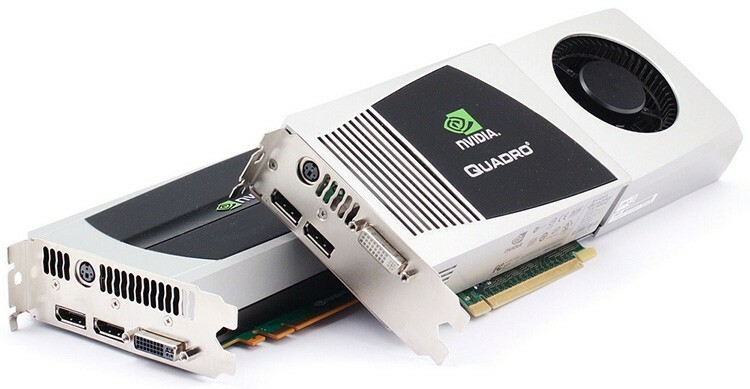
CONTENT
- 1 How to remove an old video card if you need to change it
- 2 How to choose a new video card for your computer
- 3 How to connect a new video card to your computer
- 4 How to connect 2 video cards to a computer
- 5 How to connect a discrete graphics card to a laptop
How to remove an old video card if you need to change it
Naturally, before replacing a video card, you will have to remove the old one - unless, of course, an SLI / Crossfire system is planned, when two graphics adapters are involved at once. But in addition to the discrete chip, the processor may also have an integrated version, which we also have to deactivate or switch to the mode of operation of the main video card.
How to disable the built-in video card on the computer and remove the drivers
In order to use a discrete card as the main one, most often you do not even need to turn off the built-in one. But if there is an urgent need for this, then there are two main ways: using standard Windows tools or through BIOS. This will not always work and not on all motherboards. In particular, on laptops, this most often does not work.
In Windows, you can disable the video card through the "Device Manager", which can be called through the "Properties" of "My Computer".
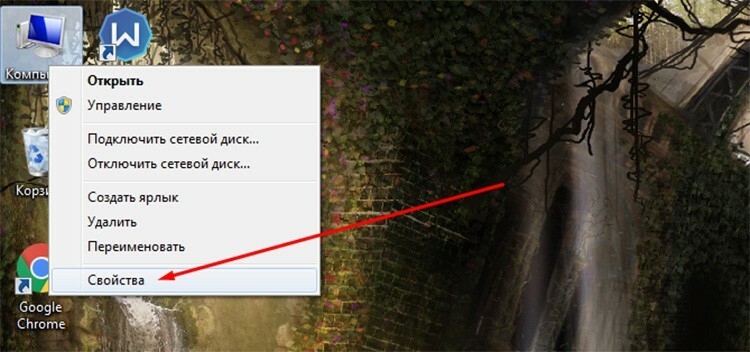
Here we will need to go to the "Video adapters" section and select the required card from the list. By clicking on it with the right mouse button, select the "Disable" item in the context menu.
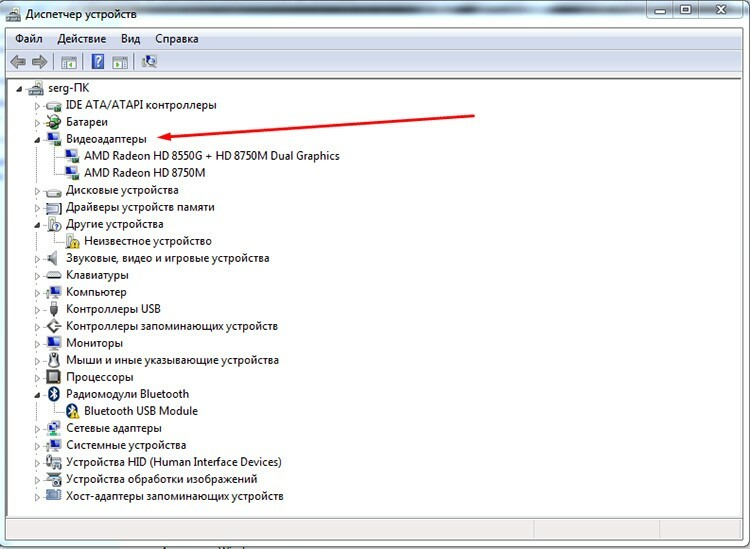
With the BIOS, things are a little more complicated. There are just a bunch of versions and manufacturers of the system. Each uses its own paths and placement of elements. We need to look for an item that may be called "Primary Display". It needs to be put into Auto mode. Also, in some versions of BIOS, there may be separate points for disabling the GPU. They can be found in the sections Advanced BIOS Features, Integrated Peripherals, OnBoard GPU and the like. In most cases, there are also simple items that are responsible for directly disabling the device in the system, which must be transferred from the Enabled to Disabled state. Actually, in this way you can both turn off and turn on the built-in video card in BIOS.
It is worth noting that video cards can be controlled using specialized software from chip manufacturers. But this will be convenient only if both cards are from the same developer.
Removing the old video card
The process of removing the adapter itself is not as difficult as it seems. You need to start by turning off the power of the system unit. You can completely pull the cable out of the socket, or you can turn off the toggle switch on the power supply.
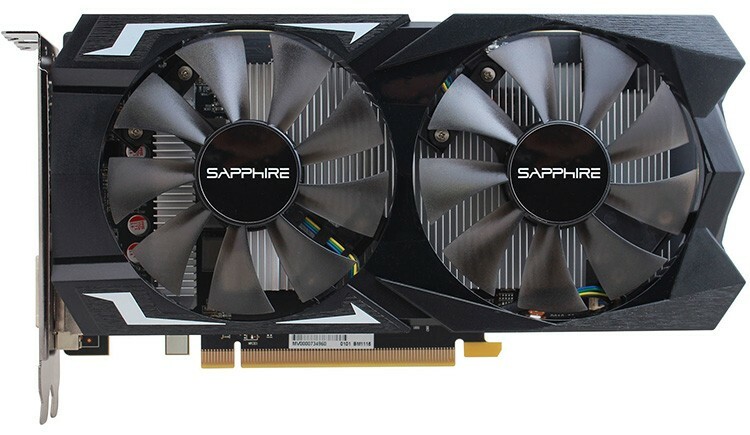
Removing the side cover is easy too. As a last resort, you need to unscrew a couple of bolts on the back. But many people prefer to simply insert the wall using latches.
Finding a video card inside the system unit is easy. This is usually the largest board after the motherboard. And it is installed perpendicularly. After the adapter is found, you need to find the additional power cable that you need to disconnect. But, in fact, such cards are rare, and they mainly belong to the top gaming segment.
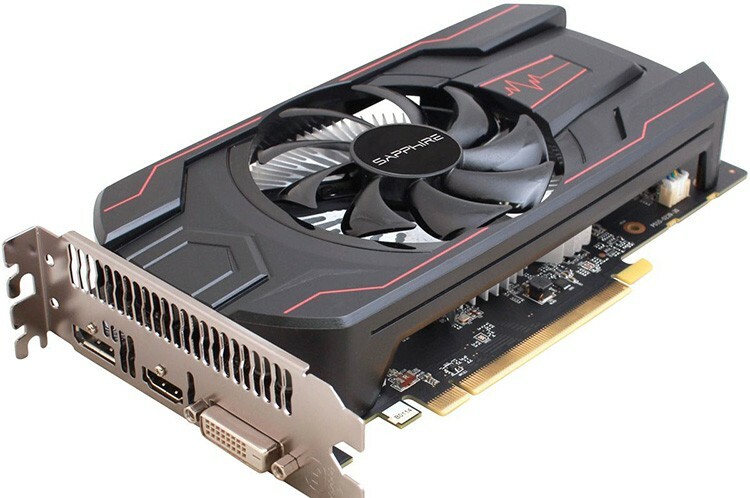
The board has two fasteners: directly in the PCI slot itself and with a bolt on the back of the system unit. The bolt is simply unscrewed. And a special lock is installed on the PCI bus, which will not allow the adapter to come out of the slot just like that. Therefore, the latch must be pushed aside and the board removed. Naturally, this must be done carefully, without violating the integrity of the elements and the surface.
How to choose a new video card for your computer
Quite a difficult task, especially in our time when prices for video cards are rising almost every day. Therefore, you have to maneuver between the budget and the basic requirements for the card. If the computer is supposed to be used as a browser on the Internet, for work or simple games, then you can take a closer look at the cheap cards of the lower segment. For example, GeForce GT 710, 210, 730 from Nvidia or HD 6450, R5, R7 from AMD.
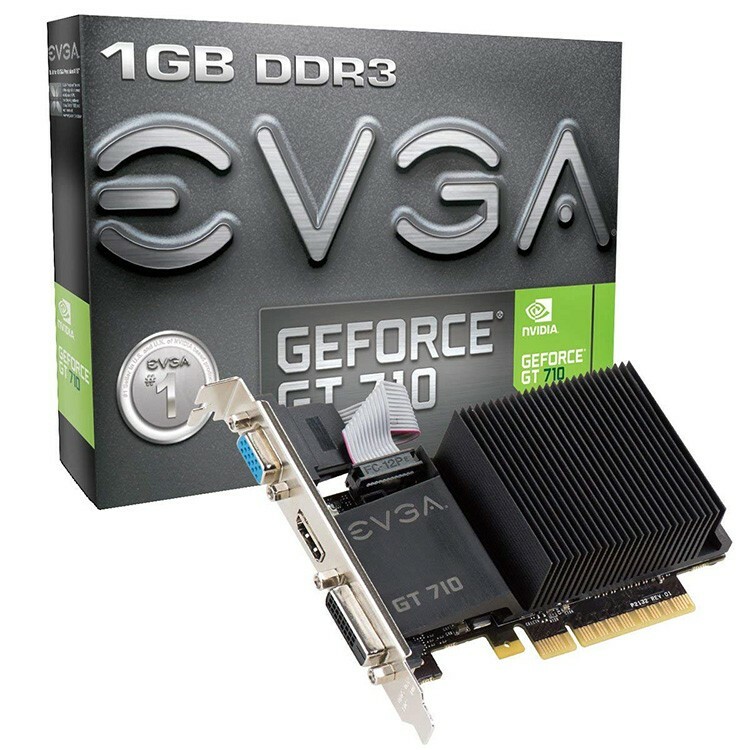
It is more or less comfortable to play relatively new games on cards that cost from 8-10 thousand rubles. These include Nvidia's GTX 1050 and AMD's RX 560. Well, top-end video cards start with a price tag of 50,000 and up to infinity. GTX 1080, 1070, 2080 from Nvidia and RX Vega 56, 64 from AMD. In general, the simplest and most effective advice on how to choose a video card is to clearly establish the boundaries of the requirements and correlate them with the budget.
How to connect a new video card to your computer
There is no difficulty in installing, connecting and configuring the card. In fact, what was written about extraction also applies here, only the process is performed in reverse order. And we will talk about setting and installing drivers separately.
Installing a new graphics card
Inserting a new board is as easy as shelling pears. Even easier than pulling it out. We just install it in the slot so that the key on the front clicks into place, and the rear panel with connectors and a metal bar rests against the niche. The folded part should remain on top. The supplied screw must be screwed into it. In theory, the installation of the video card on the computer is complete - you can start the PC.
But after the video card is inserted into the computer, you need to familiarize yourself with the adapter specification and study the instructions. Some video cards require additional power that the PCI bus cannot provide. Usually, such models have a separate connector and a cable for additional connection is included in the kit. These are gaming or professional adapters with a high level of performance.
How to install drivers on a video card
This is also not difficult. Usually a driver disc is included in the kit. But even in this case, it is better to go straight to the manufacturer's official website and download the latest drivers.
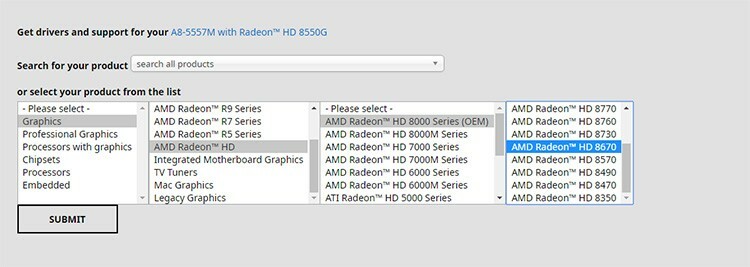
This will save time and eliminate incompatibility issues. As for the installation process itself, now the driver package is delivered in a convenient form in the form of an installer, which can be launched with a double click.
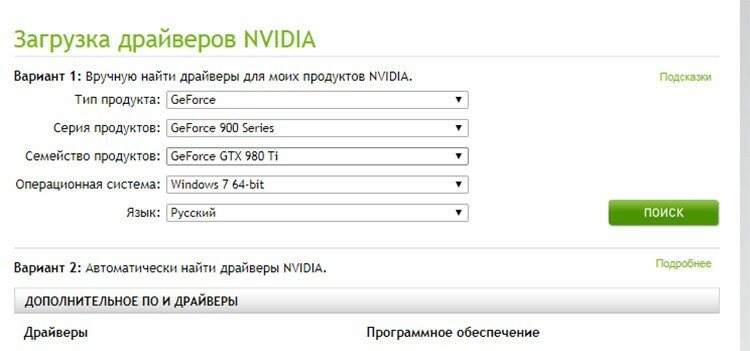
Then the installation wizard will automatically guide the user through all the steps, will give the opportunity to select paths and components. In general, after the video card is installed on the computer, it will be detected by the system itself and will offer to install the drivers.
How to enable the built-in video card on a computer
All the operations described above in the section on disabling the card will work here as well - with the only difference that now you need to enable everything. That is, when working on a discrete card, you need to select the second adapter in the device manager and activate it. If the drivers were also removed, then the video adapter may not appear in the list - although this happens extremely rarely. In any case, it is better to install the drivers again. But there is also one caveat. Modern systems allow you to use both video cards as needed. That is, at low loads, the built-in, and, as a rule, more energy-efficient card takes over the work. As soon as more resources are required, a discrete one is used, and there is no need to change anything in this duet especially required: what's the point of disabling the built-in card, if it does not work anyway, when it is turned on for more powerful? On the other hand, with less resource-intensive tasks, on the contrary, it saves electricity.
How to connect 2 video cards to a computer
Two cards can be connected to a PC to implement two main types of tasks: displaying separately on two monitors from each card and using the capacities of both cards for calculating physics - for example, for a game. Let's consider both options in more detail.
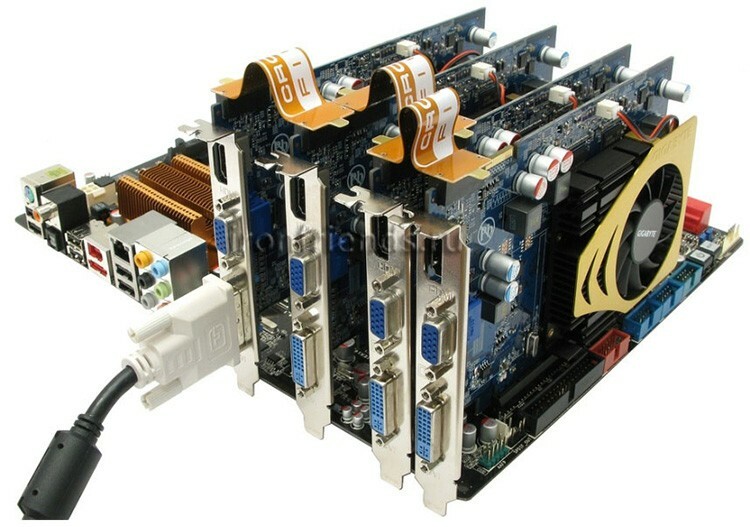
How to connect two video cards to one computer for multiple monitors
To output data from each card separately to its own monitor, the motherboard must support this functionality. No special technology is required for this. Even the adapters can be different. Naturally, before putting two video cards on a computer, you need to make sure that there are enough slots for them. You can determine what will be displayed directly in the operating system itself in the display settings menu.
Connecting a pair of SLI / CrossFire to increase computer performance
SLI and CrossFire are two adjacent and competing technologies. They are designed to combine the physical capacities of two or more video cards to improve the efficiency of 3D graphics calculations.
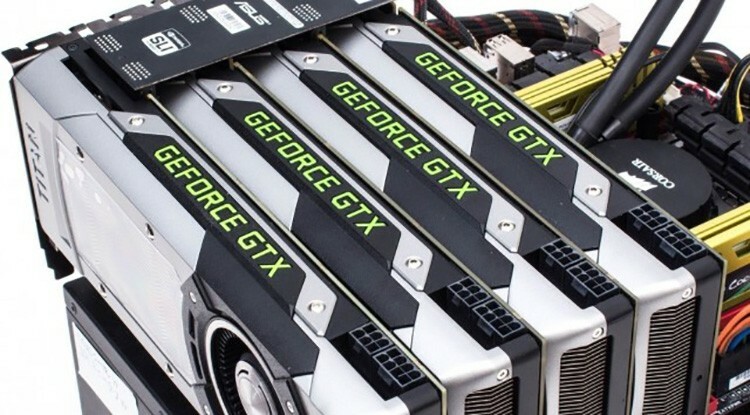
Unlike simple output to two different monitors from a separate adapter, there are requirements for the cards themselves and the system as a whole:
- the motherboard must have two or more PCI Express slots, as well as support the ability to work via SLI or CrossFire;
- power supply unit with a high power reserve - at least 550 W;
- the video adapter itself must be able to work in SLI / CrossFire modes.
These modes are used most often to increase the image quality in games. The connection is made by using two PCI-E slots located next to each other. To synchronize the work, the cards are connected with a special bridge.
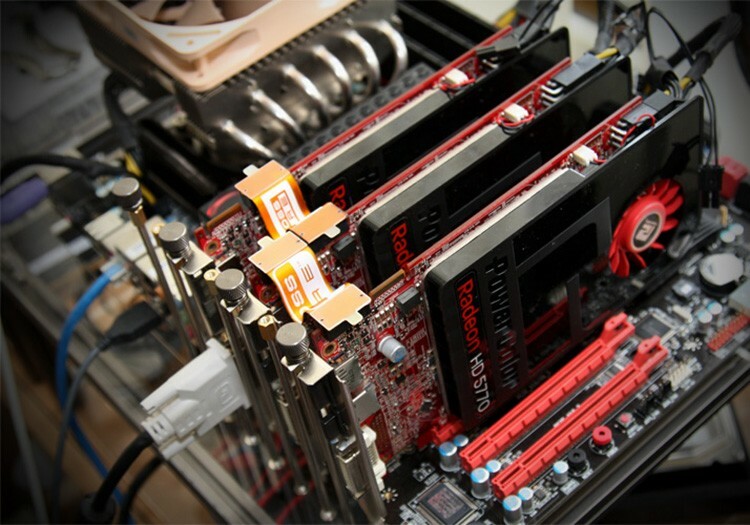
The exchange, of course, can be organized without it, through the PCI-E bus itself, but about 10-15% of the performance is lost in this case. The number of PCI-E slots determines how many graphics cards can be connected to the motherboard.
How to connect a discrete graphics card to a laptop
There are two ways to install a graphics card in a laptop: through the internal Mini PCIe port or using a docking station. Both methods will require a hefty investment, so who may need it remains in question. It is worth noting that before implementing an external graphics system, especially for AMD cards, you must disable the built-in graphics card on your laptop.
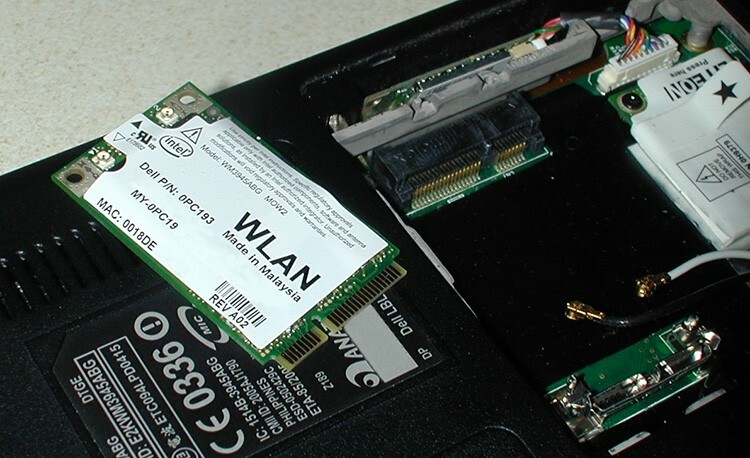
The docking station uses the Thunderbolt interface, a joint creation of Apple and Intel. To connect an external video card to a laptop via a docking station, you need a laptop with a Thunderbolt interface, a video card, and the docking station itself. And now a few numbers: a ready-made docking station with an already installed card such as GeForce GTX 1070 will cost about 50,000 rubles.
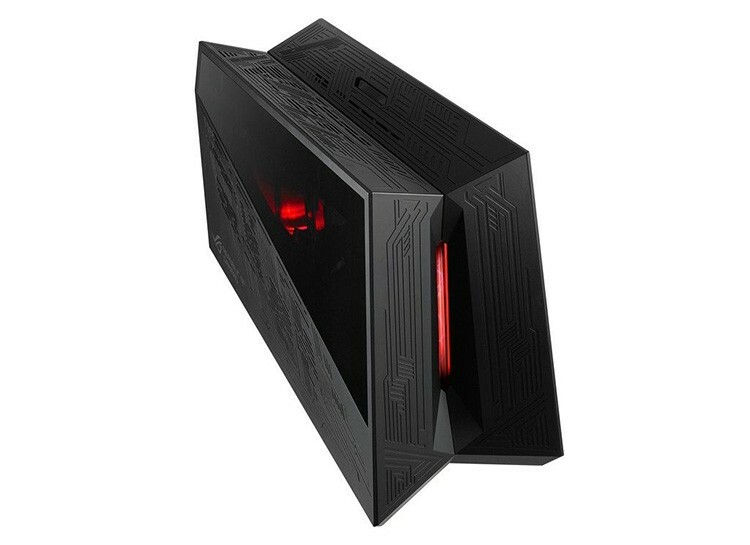
Less simple stations without installed video adapters will cost about 15-20 thousand plus the cost of the selected video card. It is possible to increase the performance of the graphics system in this way and it is possible, but everything rests on the processor, which you simply cannot replace on a laptop.
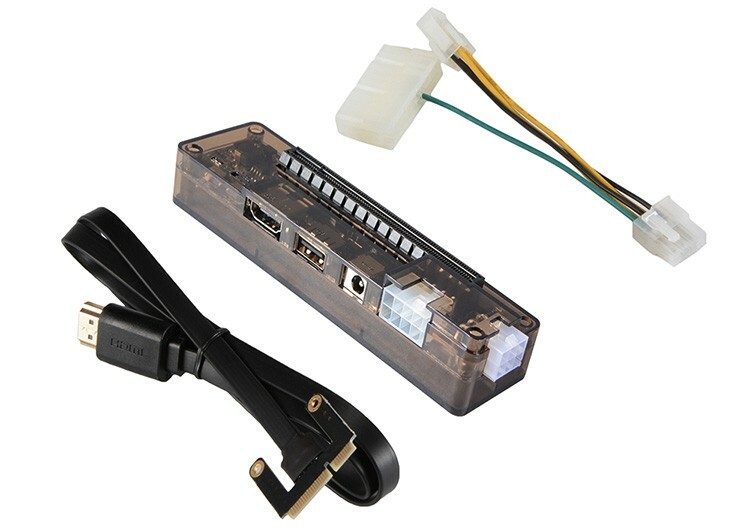
The second option, how to enable a discrete video card on a laptop, is a Mini PCI connection: a little less expensive, but a little physically difficult. First, you need to disassemble the laptop and find the Mini PCIe slot. Most often, a Wi-Fi module is inserted into it, and if there is only one port, then you will have to donate a wireless network. Then we need a set of adapters and cables with which we will bring the video card slot out. Our Chinese friends from the most famous online store did their best and provided a ready-made assembly. It is called EXPGDC. It includes a Mini PCIe to PCIe 16 adapter, a set of data and power cables. The cost of the kit is approximately 2500 - 3000 rubles. The video card is purchased separately. The solution is not suitable for all systems, so before buying it is better to first familiarize yourself with those models that are compatible.
If you own special methods of connecting video cards to a computer, then you can safely share them in your comments.


